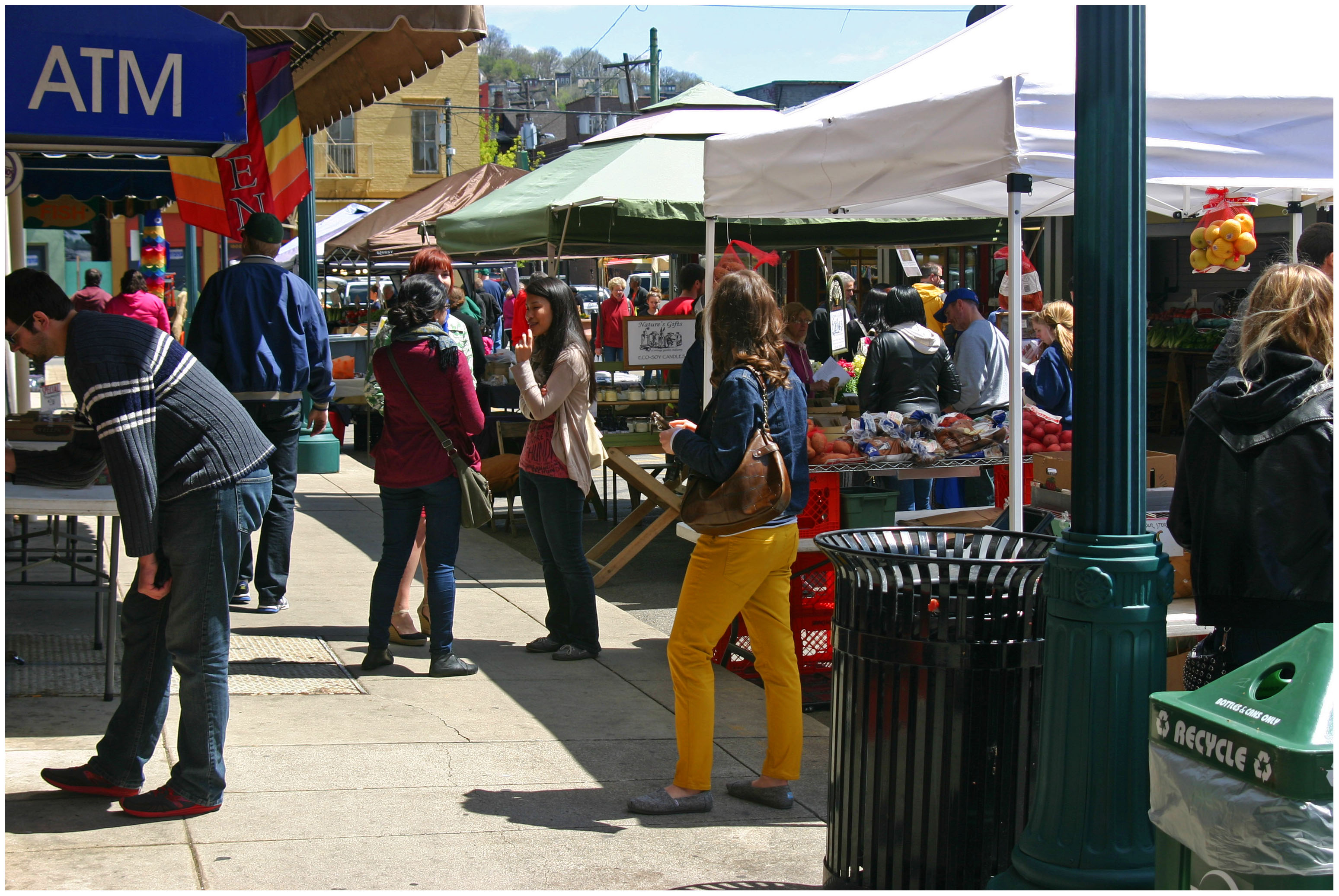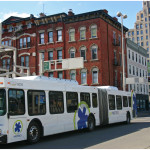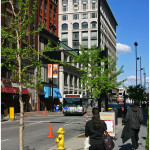One of the focuses coming out of the APA 2014 National Planning Conference in Atlanta is how to plan for the Millennials.
According to research conducted by the Pew Institute and Urban Land Institute, Millennials are driving less than previous generations, are more tuned into emerging technologies and demand living and working in, and experiencing urban settings.
“Millennials prefer amenity rich housing choices. These amenities are within walking distance,” presented Howard Ways of the Redevelopment Authority of Prince George’s County in Washington D.C. “They prefer smaller units with open floor plans and are not interested in yard work at all.”
Even though many recent numbers point to what is perceived as a huge desire for Millennials to return to center cities, data says otherwise.
According to Pew, 43% of Millennials prefer to live in the suburbs while 39% prefer to live in the urban core. This data suggests that there is great opportunity for cities and metropolitan regions to embrace urbanism through revitalizing distressed first ring neighborhoods and creating urban places by retrofitting suburbia.
The key component to attracting Millennials, however, seems to be the availability and quality of transportation options. According to those surveyed, 55% of Millennials have a preference to live close to transit.
Ways says that the transformation is not just limited to Millennials, as Baby Boomers are increasingly looking to take advantage of urban amenities.
According to AARP, 50% of seniors now want to live close to a bus stop and 47% want to live within a mile of a grocery store. Additionally, it is increasingly being seen that efforts by Millennials to influence policy such as complete streets, pedestrian enhancements and bicycle infrastructure are also helping Baby Boomers by improving the safety on our roadways.
With Cincinnati now offering more transportation choices, such as the Cincinnati Streetcar, Metro*Plus, Cincy Bike Share and private options such as Zipcar, Uber and Lyft, it seems that the city might be positioned just as well as any other city to appeal to these changing demographics. But what comes next?
With the recent controversy over the in road bicycle infrastructure and the lack of progress on the next phase of the Cincinnati Streetcar, will Cincinnati begin to fall behind in providing the necessary ingredients to continue to attract Millennials to the region?
One example offered at the conference is the success of Washington D.C.’s bike share program. With over 42,000 annual members and 410,000 causal riders, Harriet Tregoning, Director of HUD’s Office of Economic Resiliency, has found that 80% of Capital Bikeshare users bike more and 40% drive less due to the availability the system. For those users, this results in an annual cost savings of $819 over driving.
With the imminent launch of Cincy Bike Share this summer, access to bicycles will increase. However, with the lack of protected bike lanes and proper bicycle lane markings, the system may be negatively impacted.
Cincinnati city leaders should take note of shifting desires of Millennials and Baby Boomers, and continue to move forward with planning and developing new transportation choices such as an expanded streetcar system and more robust bicycle network.
John Yung is currently in Atlanta covering the APA 2014 National Planning Conference for UrbanCincy. You can follow along with additional live reporting on Twitter @UrbanCincy or on Instagram. All conference updates can be tracked by following the #APA14 hashtag.



